Conservation Reserve Enhancement Program
The Columbia Conservation District provides assistance and information to landowners who are interested in planting native vegetation along salmon bearing streams.
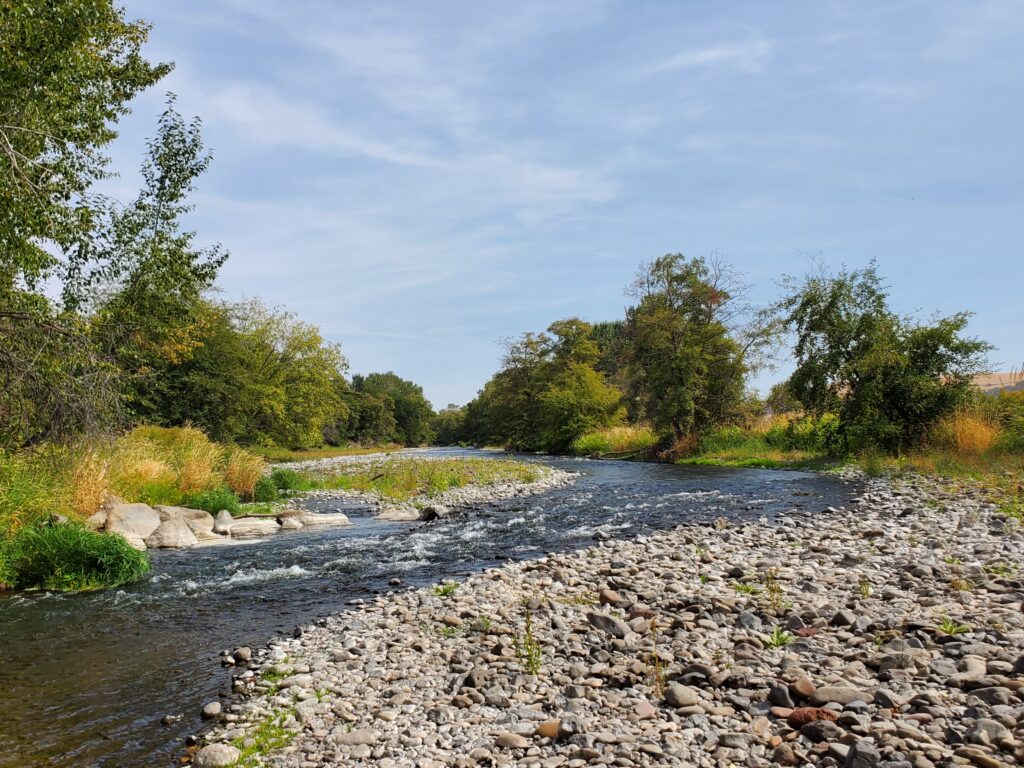
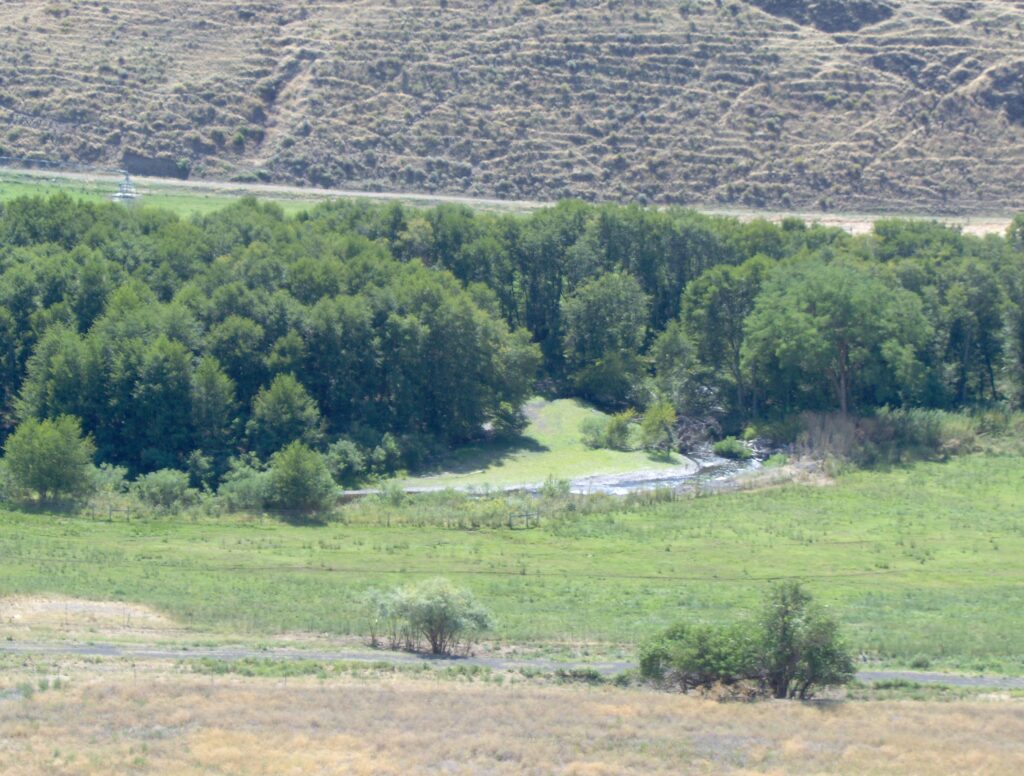
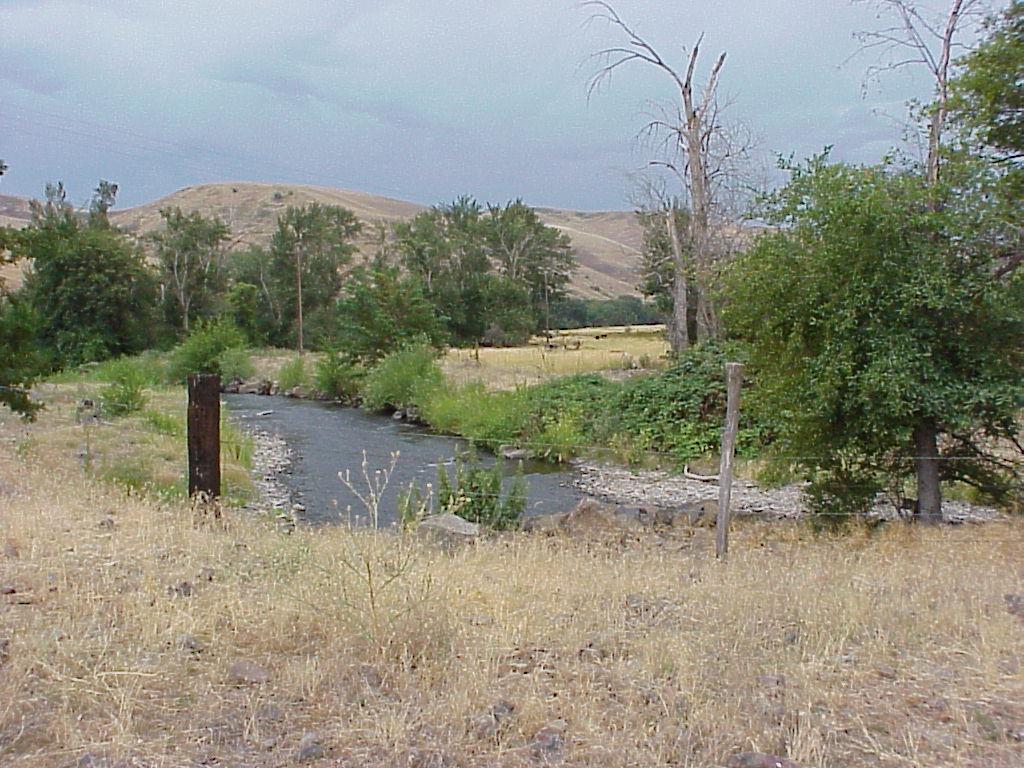
CREP is a cooperative effort between the Farm Service Agency, Natural Resource Conservation Service, and the Washington State Conservation Commission. Participating Conservation Districts work with landowners to plan, fund, and implement riparian conservation projects with the aim of improving habitat and ecological function.
Agricultural activities have historically adversely affected nearby streams and salmon populations. The CREP program aims to establish practices and boundaries that help filter and prevent chemicals and sediments from reaching streams. Healthy riparian boundaries shade the stream keeping water temperatures cool, as well as helping to fortify the banks which reduce shoreline erosion. Some of the large woody material that has established in riparian buffers will eventually fall into the stream which is beneficial for building stream complexity and resiliency. For additional information visit the Additional Resources section below.
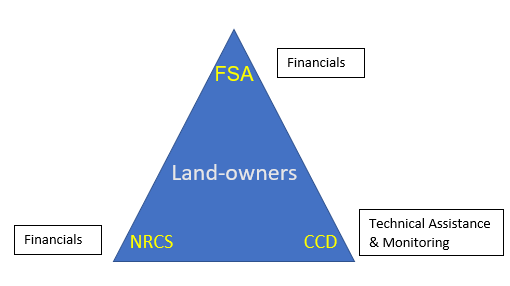
Related CREP information
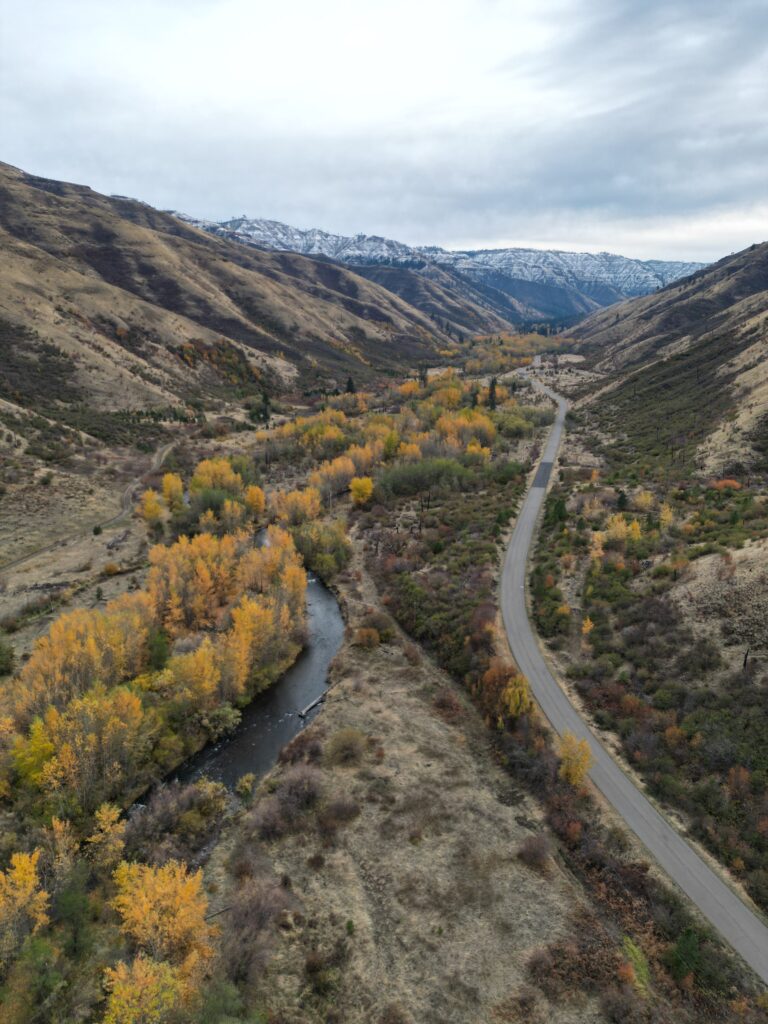
Frequently asked CREP questions
Who is eligible for this program?
- Any land owner who has property along WRIA 35 and 32 listed streams- ESA listed stream map
- WRIA 35 includes the Touchet, Patit, Tucannon, Little Tucannon, Cummins, Tumalum, Smith Hollow, and Pataha.
- WRIA 32 includes the North Touchet, South Touchet, Mainstream Touchette, Wolf Fork, Robinson Fork, Willow Creek, Coppei, Patit, Pataha, and Kellog.
- Land must have been owned / operated for at least 12 months before enrollment.
- Land must be either cropland or marginal pastureland, be able to support program vegetation, and have required cropping history.
What kind of projects are eligible under the CREP Program?
- Wetland restoration projects, hedgerows, forest buffers, grass filter strips, and pastureland wetland buffers to name a few!
What are the incentives for me to join?
- Rental payments for 10 to 15 years for having your property enrolled.
- One time signing bonus.
- Entire cost of project installation is paid for.
- Project maintenance cost is reimbursed for the first five years.
- Livestock operators are reimbursed for fencing that keeps cows out of the buffer and for installment of new watering facilities.
If I enroll my property into CREP, am I guaranteed to reduce flooding and increase local resilience?
- No, guaranteeing any results in riparian projects is extremely difficult to do. Rivers and streams are dynamic systems that are constantly changing, and the river can act as a variable on the surrounding area which in turn will affect river behavior. However, most properties that enroll in CREP are successful in creating more interconnected floodplains and enhanced natural protection from flooding.
CREP at work
The Tucannon River system which flows into the Snake River is home to several federally listed fish species, including Bull Trout, Chinook Salmon, and Steelhead. A watershed assessment in the 90’s indicated serious threats to fish habitat such as high water temperatures, stream bank instability, lack of cover, and high levels of bacteria. Fast forward to today, and the CREP results look like…
- Landowners restored over 1,100 acres of riparian area
- Summer water temperatures dropped around 10 degrees on average
- Young salmon utilize 20 more miles of river that were previously too warm
- Spring Chinook runs are among the highest rates in 30 years. In 1995 only 54 fish made the run, while in 2015 that number reached 1,777. That equates to a 3,190% increase!
Additional Resources
Not all the the videos are from Washington, but the principles that the videos cover are generally applicable to Columbia County streams.
Restoring Riparian Areas in the Palouse Region– 10:59
Stream Restoration and the Community: Walla Walla Conservation District– 1:55
Riparian and Watershed Management Practices– 43:00
Riparian Degradation and Recovery– 5:43
Riparian Buffers: A Good Practice for Clean Water– 4:49
Conservation Choices Practice Spotlight: Filter Strips